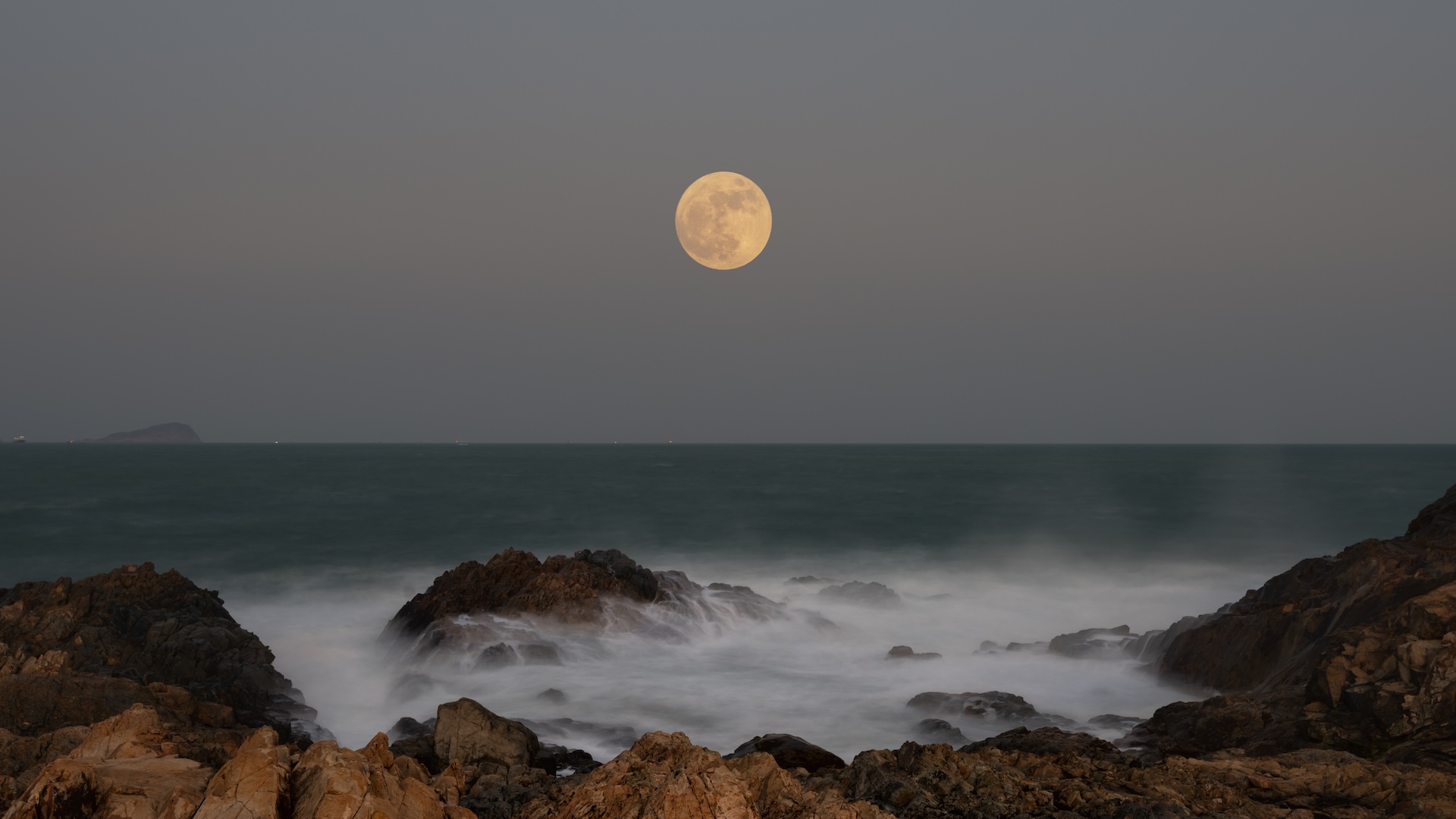Huge Stars Seen as Source of Glowing Gas
Stars in our galaxy may often pump out waves of million-degree gas that make surrounding nebulas glow with x-rays.
These new findings could shed light into how planetary systems form—including our own solar system, researchers said.
Astrophysicists focused on the Orion Nebula, a cloud of dense and turbulent gas visible to the naked eye in the night sky, right below the belt of the constellation Orion. Four extremely bright and massive stars, called the Trapezium, light up the nebula.
One stretch of the nebula, about 10 light-years wide, glows with x-rays. This glow apparently results from super-heated gas—some 1.7 million to 2.1 million degree Celsius hot—that pervades the cloud.
Often such vast expanses of super-heated gas come from exploded stars called supernovas or from large collections of very massive stars. Now an international research team using the XMM-Newton space observatory finds this gas seems to flow from just one bright, young, massive star in the Trapezium.
The Orion Nebula is a "stellar nursery," where thousands of new stars are being born. There are many stellar nurseries throughout the Milky Way that, like the Orion Nebula, only host a few very massive stars. The researchers expect these x-ray glows occur in many or even all of these nurseries, meaning they "may be very widespread across the entire galaxy," researcher Manuel Gudel, an astrophysicist at the Swiss Federal Institute of Technology in Zurich, told SPACE.com.
"It is now widely believed that the sun was born in an Orion-like environment," Gudel added. "Hence, every new piece of information we collect on Orion has implications on the early history of the solar system, and therefore on our understanding of our own origins."
Get the world’s most fascinating discoveries delivered straight to your inbox.
The researchers now hope to understand how these x-ray glows might alter the environments in which planetary systems form, possibly even influencing the very chemistry of worlds, Gudel said.
Gudel and his colleagues reported their findings online Nov. 29 in the journal Science.



